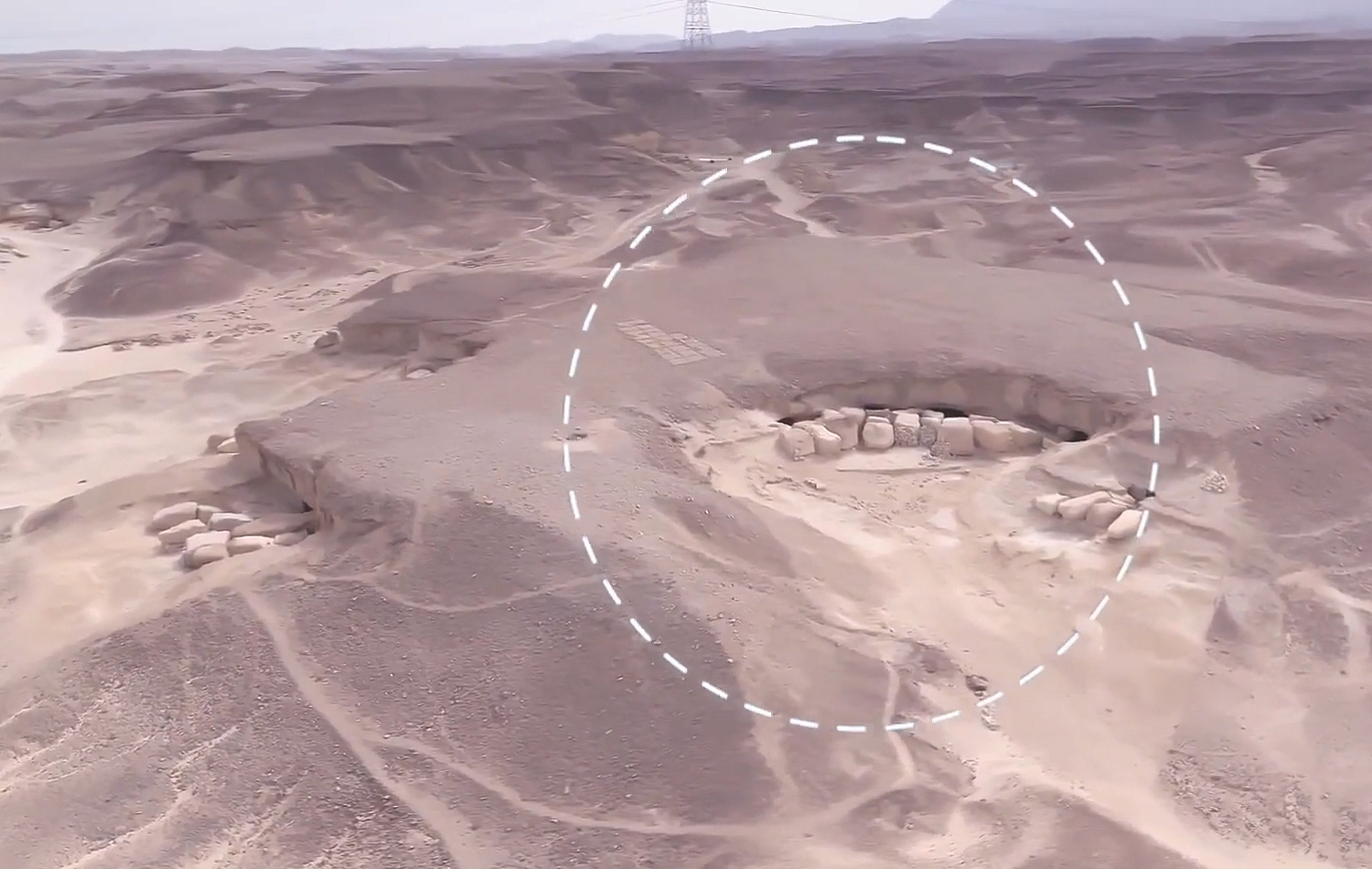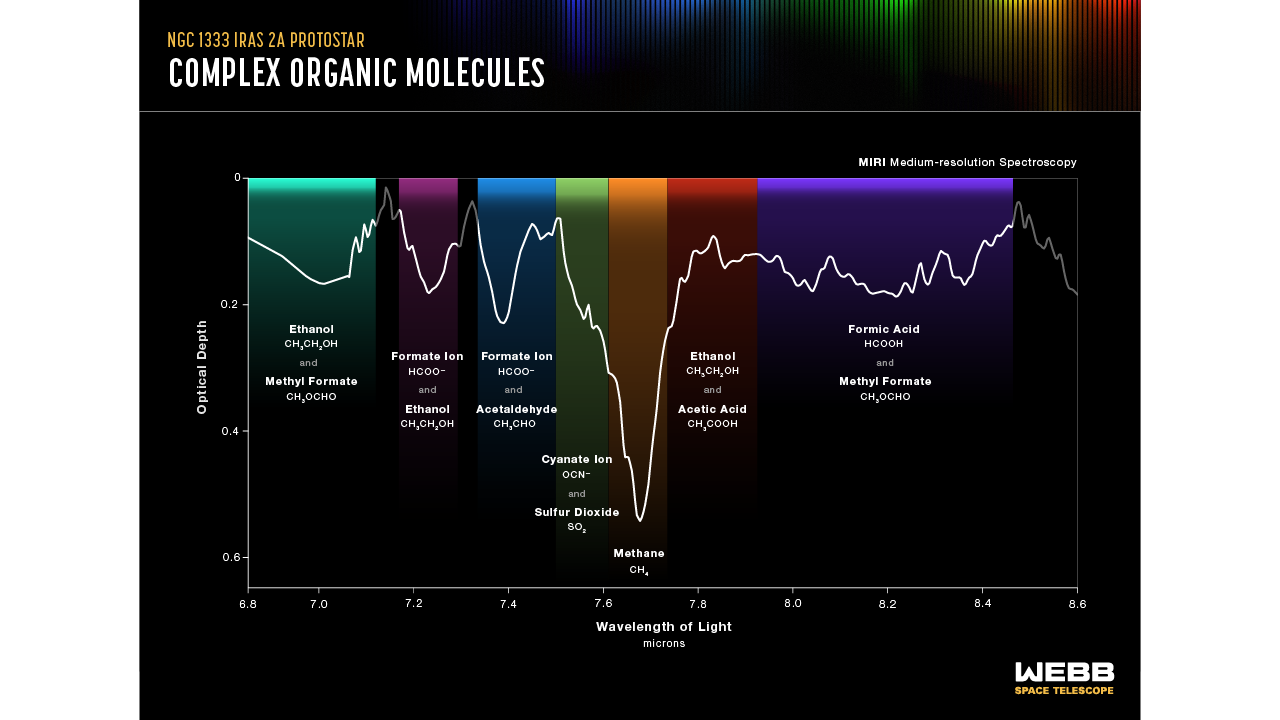What is the relationship between margarita cocktails, vinegar, and ant bites? All three contain chemicals similar to the young progenitors observed by the James Webb Space Telescope, called IRAS 2A and IRAS 23385. Although the two systems have not yet formed planets, the organic molecules discovered using the James Webb Space Telescope are considered central to playing a role in making them habitable. In the future and suitable for the development of life.
A research group identified ices composed of various complex organic molecules, such as ethanol, or acetic acid, known as a component of vinegar, in the studied systems based on measurements from the James Webb Space Telescope's mid-infrared camera (MIRI, mid-infrared instrument). . This research builds on a previous study in which scientists used data from the James Webb Space Telescope to identify different chemical elements in a dark, cold molecular cloud.
Will Rocha (Leiden University, Netherlands), who led the research team, said: “Our discovery once again raises one of the key unanswered questions in astrochemistry: How do complex organic molecules form in space? Do they form in the gaseous or solid phase?” Ice)? The presence of complex organic molecules identified in ice suggests that chemical reactions occurring on the surface of cold, solid dust particles may be able to produce them.
The complex organic molecules identified in the two young star systems were previously discovered not only in solids but also in gases. According to the most accepted theories, it did not originate in a gaseous state, but rather in a solid state, and during the sublimation of the ice, it changed directly from the solid state to the gaseous state, bypassing the liquid state. That's why, by detecting complex organic molecules in ice, astronomers can contribute to understanding the formation of other molecules, even larger and more complex than the ones we see here.

The researchers also carefully studied the question of how complex organic molecules present in the environment of the progenitors of the stars they examined later reached the surface of the planets that would form around young stars. According to participants in the group that published the study, these molecules reach the mass capture disk that forms around young stars and hosts the subsequent planets of the system more easily in a cold, solid, icy phase than in the warmer, gaseous state. The complex organic molecules found in ice could easily be incorporated into the material of comets and asteroids, which could collide with newly formed planets during their journey, thus providing the chemicals needed for life to form on their surfaces.
In addition to complex molecules, the researchers were also able to detect the presence of other, simpler chemicals in the systems investigated, for example formic acid, which causes the burning sensation caused by ant stings, methane, formaldehyde, and sulfur dioxide. . Based on our knowledge so far, the presence of sulfur-containing molecules, such as sulfur dioxide, played an important role in chemical reactions related to metabolism on young Earth as well.
It is particularly interesting that one of the sources examined during the research, IRAS 2A, is a low-mass stellar progenitor, and thus its environment may have been similar to the early solar system. This suggests that the chemical elements identified in IRAS 2A may also have been present in the early period of our solar system's evolution, and may have reached the newly formed Earth through the processes described above, in order to enable the development of life later.
“The complex organic molecules identified in IRAS 2A and IRAS 23385 could later be incorporated into comets and asteroids and, through collisions, become part of the mass capture disk that forms around young stars and in which planets then form. That's why we're excited to be able We will be able to track the evolution of these young star systems step by step in the future by analyzing additional data from the James Webb Space Telescope, said Eoin van Dischhoek, who participated in the research.
The study on the results presented here was published by the research group in the journal Astronomy & Astrophysics.
Article source: https://webbbtelescope.org/contents/news-releases/2024/news-2024-111
comment
















_(1).jpg)
























